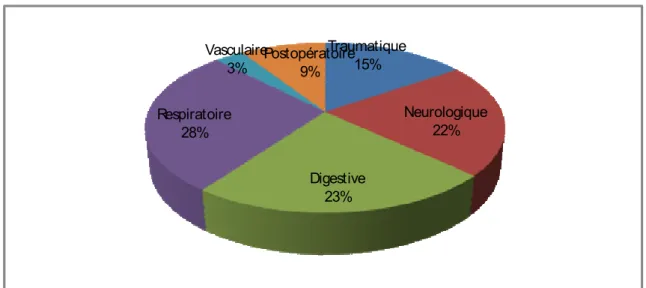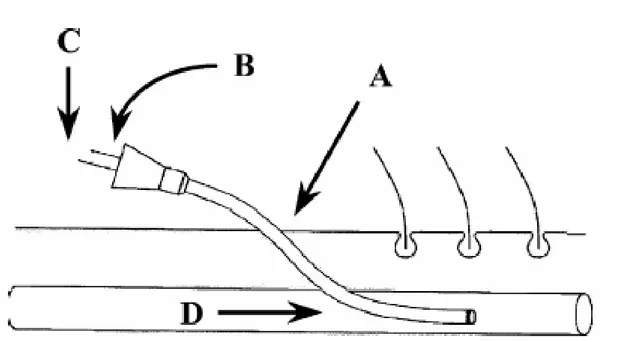Infections liées aux cathéters veineux centraux en réanimation
Texte intégral
Figure




Documents relatifs
In this section we specify our results (and sometimes obtain stronger formulations) for sub- graphs of Cartesian products of several classes of graphs: bounded degeneracy graphs,
Verbal MWEs (VMWEs) are multiword expressions whose canonical form (see below) is such that: (i) its syntactic head is a
Le travail présenté dans cette thèse entre dans le cadre des méthodes d'injection de fautes au niveau matériel, dans des circuits digitaux spécifiés dans un langage de haut
− Ne pas laisser en place le cathéter au-delà de 96 heures (chez l’adulte), sauf chez un patient au capital veineux limité ;. − Changer le dispositif de perfusion toutes les
At 48 h after pneumococcal infection, brain concentrations of active TGFb were significantly elevated in TGFbRII flox/flox mice (4.1 6 2.1 pg/mg brain protein) compared with
Dependence of the sorption of Ni(II) on feldspar at pH = 13.3 on the concentration of α-ISA for pure α-ISA solutions (closed symbols) and solutions containing degradation products
Our results indicate that there are three main require- ments for quarantine to substantially reduce the number of infections that occur during a disease outbreak. These are
The effects of microscopic energy deposition in hot, dense plasmas and radiation transport in plasmas, on the interaction of ion beams with plane metal targets are investigated in
![Tableau XIV : Performance des signes locaux dans la prédiction de la colonisation (valeurs supérieures) ou de l’infection bactériémique (valeurs inférieures) [13]](https://thumb-eu.123doks.com/thumbv2/123doknet/1967899.527/43.892.99.803.188.487/tableau-performance-prediction-colonisation-superieures-infection-bacteriemique-inferieures.webp)